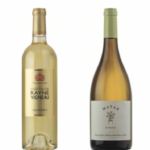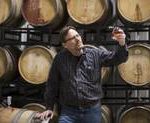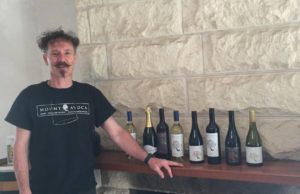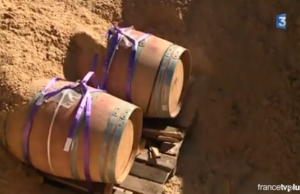‘Sustainable’ Sonoma wine could fetch $7-a-bottle more, survey says
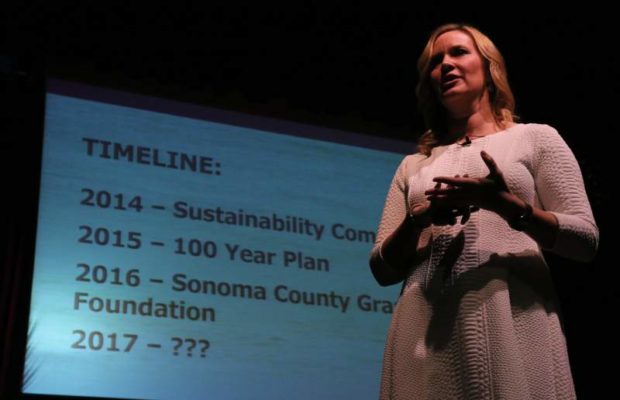
U.S. wine consumers are willing to pay more for wine — up to several dollars more per bottle — produced using “sustainable” practices, according to new research presented at a Sonoma County grapegrower seminar in Santa Rosa on Thursday.
Three years into a big push by Sonoma County Winegrowers to have all vineyards in the county deemed sustainable by 2019, the trade group revealed new consumer survey results strongly suggesting there could be more black than red in the return-on-investment calculation.
Karissa Kruse, president of Sonoma County Winegrowers, called the local effort, industry response and consumer acceptance part of a “sustainability revolution.”
“Five years ago, this would not have been on anyone’s radar,” she said to an audience of a couple hundred at the group’s annual Dollars & Sense Seminar and membership meeting. “We’ve created something here.”
Sixty-three percent of consumers who buy $15-plus bottles of wine and drink it more than twice monthly and who know about Sonoma County wines and the Sonoma County Sustainable certification would pay a premium of more than $5 a bottle for that assurance, according to results of the survey, conducted by Wine Intelligence. The average potential premium was $7.28, thanks to the 33 percent willing to pay more than $10 more.
Of Sonoma County-informed “regular” wine consumers, 40 percent of respondents would pay at least a $5 premium.
The United Kingdom-based firm considered a pool of 235 million U.S. adults, 40 percent of which are deemed “regular” wine consumers, consuming it at least once a month, and 16 percent frequent premium-wine drinkers. The online and email surveys were conducted in December with a sample of 2,010 regular U.S. wine drinkers in the Wine Intelligence Vinitrac panel, 804 of which were frequent consumers of fine wine. Survey results were returned to the trade group last week.
ARE THEY BUYING ‘SUSTAINABLE’?
But do consumers actually buy certified-sustainable wines? The new survey and others suggests they do.
More than two-thirds (68 percent) of core-consumer respondents in the Wine Intelligence survey stated that they would be more likely to buy wine certified as sustainable. Over half these consumers (56 percent) purchased bottles labeled with such certification at least in the past month, working out to 21 million of the 235 million U.S., and 27 percent did so in the past week, or 7 million, according to the survey.
So far, 85 percent of the Sonoma County vineyards, or 1,223 sites, have been assessed under the Sonoma County Sustainable program, and 60 percent had undergone the additional step of having a third-party auditor visit. This year, the program started tracking certified wineries, and the list has grown to 43.
Other certification programs are California Sustainable Winegrowing Alliance, Lodi Rules, SIPS Sustainable and Demeter’s Biodynamic. The Wine Intelligence survey found that the California program ranked highest in consumer concern, followed close behind by Sonoma County Sustainable. Biodynamic ranked last.
TRADE SKEPTICISM
Interest among consumers and trade buyers such as restaurants and retailers in wines certified as Biodynamic or labeled as “natural” is waning, said Geoff Kruth, president of the 11,000-member Guild of Sommeliers (guildsomm.com), based in Petaluma. He was part of a panel at the seminar on sustainability in the wine business.
“Sometimes, it was an excuse to sell those wines,” Kruth said about “natural wine.” He said such terms have been latched onto by wine-focused media, then seen as less exciting when the next green product adjective enters the spotlight.
Click here to view original web page at www.northbaybusinessjournal.com



